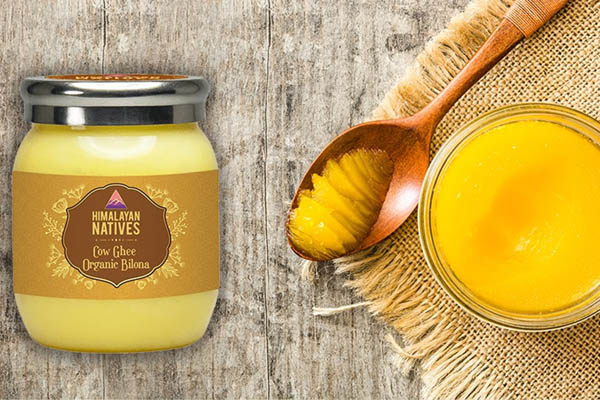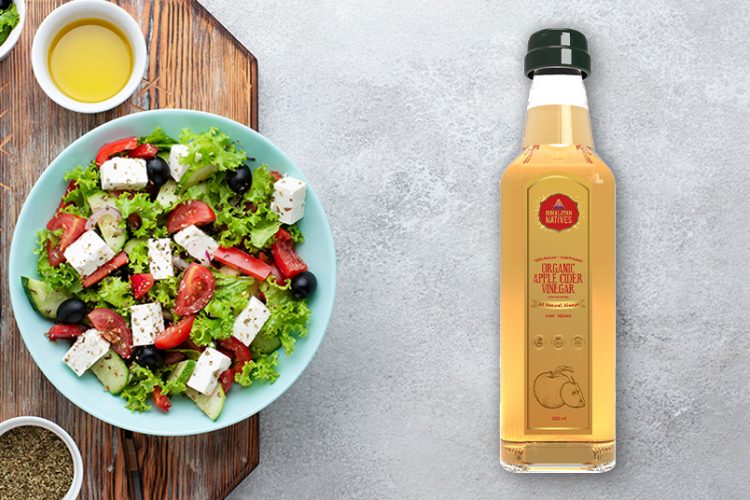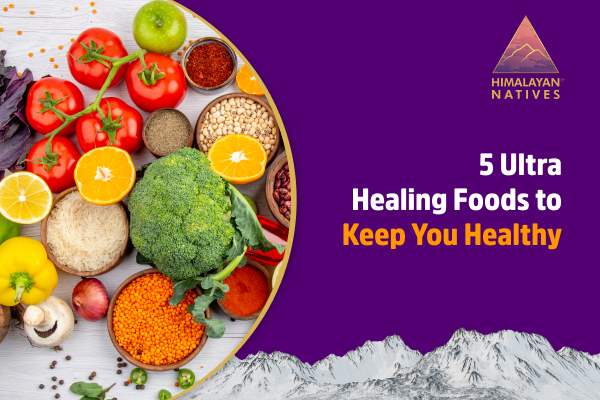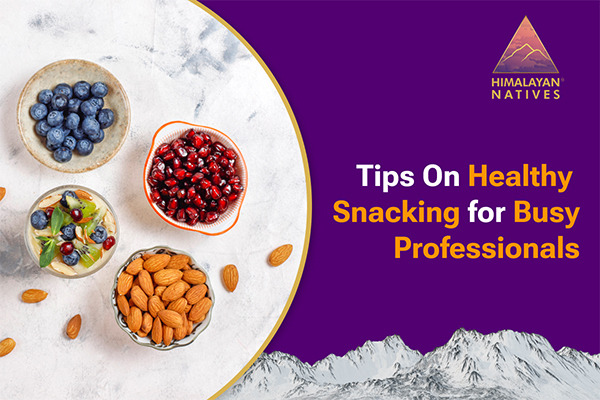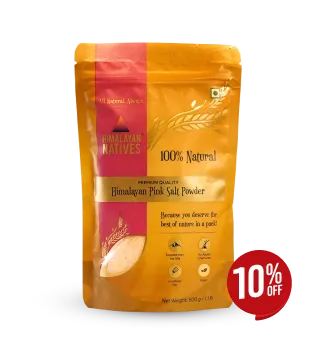
Honey is a treat for the taste buds. It's sweet and yet has multiple health benefits, almost too good to be true. Honey comes in different colors and consistency, depending on where the nectar originated and how it's processed. It can either be thick or runny, hazy or clear, appear in the form of a honeycomb, or as a piece of honeycomb mixed in with liquified honey. This thick, sweet syrup is one of the healthiest and best natural sugar substitutes.
Honey is a kitchen staple and perfectly blends with sweet and savory recipes as well as baked goods. Honey is considered one of the purest foods, and in many cultures, it is the first sweet thing offered to a newborn baby. It has numerous health benefits, but the benefits vary and depend on the manufacturing process. Let's take a look at how raw honey is produced, and how various processes affect the nutrition and quality of honey, as well as how processed honey differs from raw honey.
What is Raw Honey?
Raw honey is honey that is extracted directly from the honeycomb in its purest form while retaining its original flavor. For centuries, raw honey has been used as both a food and a medicine by the ancient Greeks, Romans, and Arabic people. Pollen, a substance that is present in the stigmas of flowers & bee propolis and is used to maintain beehives, are nutrients found in raw honey that contain vitamins A, B, C, and E, as well as amino acids, magnesium, and potassium. Bee propolis and pollen, each contains a naturally occurring enzyme that keeps raw honey intact and allows you to reap its benefits.
What's the difference between Raw Honey and Processed Honey?
To understand the difference between raw and processed honey, let us see how honey is made. There are several steps to the process of making honey:
- Worker bees visit over 100 flowers on their foraging journey and gather nectar from the flowers to store in their honey sacs. When their honey sacs are full, the worker bees return to the hive to drop off the honey. This nectar is passed from the worker bees to the honey-making bees.
- When these bees combine the nectar and their enzymes, there is too much water, so they smear the honey on the honeycomb. This allows the water to evaporate from the honey quicker. The bees even fan their wings rapidly to speed up the process of evaporation. Eventually, the water content of honey drops from 70% to 17-20%.
- This honey is then stored in the honeycomb cells until it can be consumed by bees. The honey cells are covered with beeswax to keep them fresh.
During the honey extraction process, beekeepers scrape off the wax layer that the bees make in each cell to harvest honey from the honeycomb frames. To remove wax and other particles, the honey is strained after extraction. After straining, it is bottled, labeled, and delivered to consumers as raw and natural honey.
Often, this raw honey is sent to processing facilities to undergo filtration, pasteurization, and refinery processes. Before going through the filtration and pasteurization processes, honey undergoes heat treatment with temperatures ranging from 66°–77°C. Honey is heated in tanks or by placing it over an infrared heater or heat lamp. Any pollen or bee parts that float to the top are skimmed off as a result of the heating technique. Additionally, the moisture content is lowered, yeast cells are killed and chemicals are added to extend the shelf life of the honey and to make it suitable for commercial use. This honey is called processed honey, which is then bottled, labeled, and sold commercially.
Given that processed honey undergoes so much treatment, it is evident that raw honey is much more nutritious, retains the original flavor of honey, and contains a lot of health benefits.
Benefits of Raw Honey
- Packed with Antioxidants: Antioxidants in raw honey include phenolic compounds and organic acids which help lower the risk of chronic illnesses.
- Promotes Sound Sleep: Raw honey is beneficial to people who have difficulty sleeping since it aids in the production of melatonin, a sleep hormone that aids in the sleep-wake cycle.
- Aids in Weight Loss: Honey, especially raw honey, is an ideal sugar substitute as it has a lower glycemic index (GI) than sugar, with a moderate range of 54-59; this helps regulate blood sugar levels and aids in improved metabolism.
- Helps in Boosting Immunity: Raw Honey's antimicrobial properties aid in the prevention of diseases caused by fungus, germs, and viruses.
- Treats a Sore Throat: Raw Honey has long been used as a natural remedy for sore throats, colds, and coughs as the anti-inflammatory and cold-suppressing characteristics aid the treatment.
Besides the medicinal benefits of honey, raw honey has a unique and sweet flavor that makes it the perfect ingredient for a variety of dishes. Let’s look at dishes that pair perfectly with raw honey:
Summer Salad with Raw Honey and Citrus Dressing

[Source: Feasting at home]
This quick and easy summer salad recipe with raw honey, lemon, and veggies is great for summer as it's full of nutrients and is refreshing for the mind and body.
Ingredients
- 2 tbsp extra-virgin olive oil
- 4 tbsp Multifloral Raw Honey
- 1 tbsp orange juice, freshly squeezed
- 1 tbsp lime juice, freshly squeezed
- 1 tsp mustard (whole grain)
- ¼ tsp of salt
- 12 oz. watermelon, cubes
- 1 small cucumber, sliced into thin ribbons lengthwise (about 1 cup)
- 2 cups red onion, thinly sliced
- A handful of mint leaves, chopped
- ½ cup Feta cheese
Instructions
- Stir the freshly squeezed lime and orange juice, olive oil, honey, salt, and whole grain mustard in a large bowl.
- Mix the watermelon, cucumber, and onion in a mixing bowl. Toss it and make sure it's well coated.
- Add some chopped mint to the salad. Enjoy!
Honey and Almond Shrikhand

[Source: The health site]
Almonds, honey, yogurt, and cinnamon add a healthy touch to the traditional Indian treat shrikhand. Raw honey is a natural source of many essential nutrients, and almonds provide protein and healthy fats, making this a nutrient-dense treat that can keep you going all day. A guilt-free, chilled treat to satisfy all of your dessert desires!
Ingredients
- 1 ½ cups yogurt
- 4 Almonds (crushed)
- 4 tbsp Multifloral Raw Honey
- ½ tsp cinnamon powder
- A handful of chopped dates
Instructions
- Combine yogurt with the raw honey in a small glass.
- Half-fill the glass with crushed almonds and dates.
- Add a pinch of cinnamon and a bit of extra honey.
- Chill before serving. Enjoy!
Raw honey is a great substitute for sugar that can be used in a variety of recipes. The flavor of raw honey is determined by the type of flower from which it was picked, providing a variety of flavors for a wide range of recipes. In addition to its anti-inflammatory properties, it is loaded with nutrients, antioxidants, minerals, vitamins, and amino acids, making it nature's sweetened and most powerful medication. Give our raw honey a try!
 HELPFUL0 people found it helpful
HELPFUL0 people found it helpful
Related Blogs
Subscribe to Our Blogs
and never miss on the latest update!







